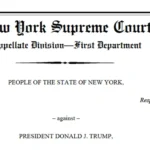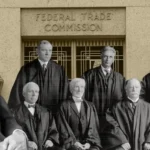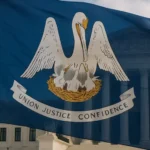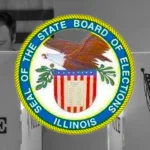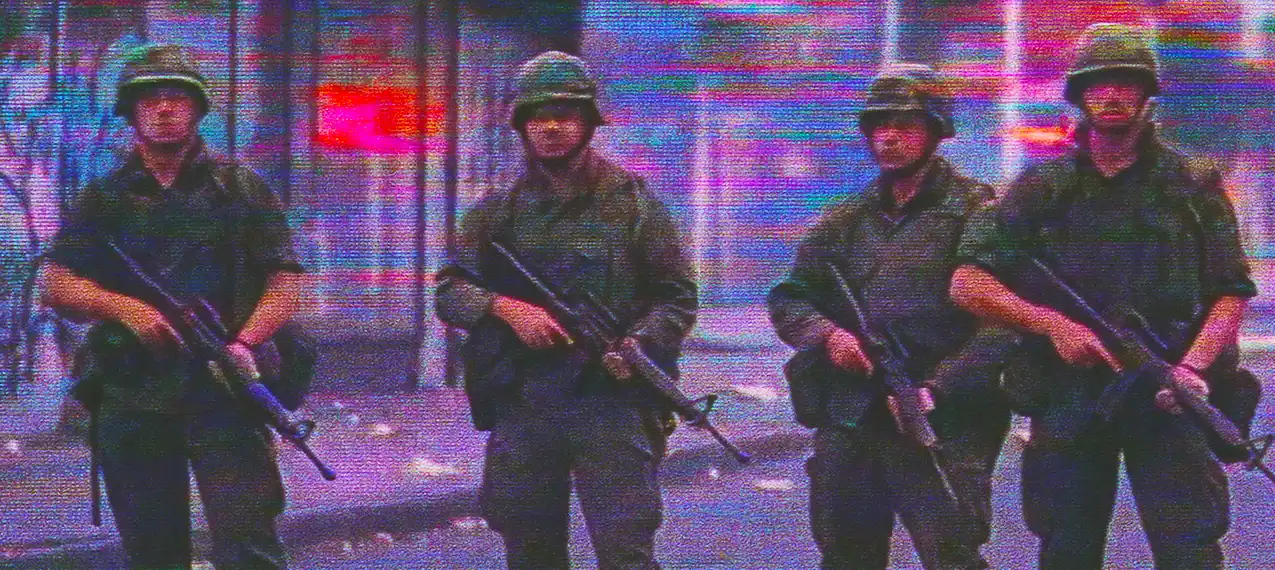
Background of Rodney King Riots:
As images of burning cars and rioters clashing with police in Los Angeles occupy TV screens throughout the country, many Americans are beginning to feel a sense of déjà vu. On April 29, 1992, L.A. became the site of intense riots in reaction to the acquittal of four police officers charged with use of excessive force in the March 3, 1991, arrest of Rodney King. As the riots ran their course, the city of Los Angeles saw fifty killed and over 2,300 injured, along with around one billion dollars of property damage. Within the next twenty-four hours, L.A. Mayor Tom Bradley declared a state of emergency, and California Governor Pete Wilson authorized the mobilization of the National Guard, eventually reaching a total of 6,000 Guardsmen deployed to the city. By May 1, President George H.W. Bush deployed 3,000-4,000 Army Soldiers and Marines in addition to 1,000 federal law officers to establish stability in the area. The President declared L.A. to be a federal disaster area the following day, and by May 4, Los Angeles was returned to a state of calm with the curfew lifted and the reopening of public schools.
Why President Bush’s Involvement was Legal:
On May 1, 1992, President Bush signed Executive Order 12804, titled “Providing for the Restoration of Law and Order in the City and County of Los Angeles, and Other Districts of California.” The order invoked the Insurrection Act, 10 U.S.C. §§ 332-336, and authorized the Secretary of Defense to use members of the U.S. Armed Forces and federal law enforcement to quell violence and restore peace in the area around Los Angeles. The order was issued in conjunction with Presidential Proclamation 6427, which stated that then-Governor of California Pete Wilson had requested federal troops after attempts to control the chaos could not be accomplished with local law enforcement and California National Guard units.
President Bush’s federalization of the California National Guard and subsequent deployment of the Army and Marines was widely considered legal. Under the Insurrection Act, the President has the authority to suppress insurrection and reinforce civilian law enforcement. Governor Wilson also requested federal assistance, further reinforcing the fact that the situation had gotten well out of hand. These two factors combined to cement a solid legal basis for the President’s actions. Sure enough, mere days after Bush’s executive order, the riots were back under control, and peace was restored to the streets of Los Angeles.
Does President Trump’s Deployment of U.S. Soldiers Cross the Same Legal Threshold?
The distinction between Bush’s involvement in the Rodney King riots and President Trump’s attempts to restore order in today’s anti-ICE riots rests largely on two factors: the severity of the riots themselves and the cooperation of the governor. Opponents of Trump’s involvement claim that the scale and severity of today’s riots pale in comparison to those of 1992. For the Trump Administration, its statutory authority is clear. Section 12406 of the U.S. Code states that the President may take control of the National Guard whenever “the President is unable with the regular forces to execute the laws of the United States . . . .”
Implications for Today:
While President Trump’s use of federal troops and National Guard units differs from how President Bush invoked his executive power in 1992, both have legal merit. Presidents are authorized to deploy the military to maintain domestic stability. California Governor Newsom has resisted President Trump’s involvement in the current riots, going so far as to file a lawsuit in a federal district court to stop the federalization of California National Guard units. The California District Court issued a temporary restraining order to stop the federal deployment of California National Guard units, but on appeal the Ninth Circuit Court of Appeals issued a stay of that order. The Trump administration has faced pushback from federal courts regarding his executive actions. In this case, his actions are based on sound legal backing. Litigation on this issue will continue in federal courts, where the administration will show it has lawful authority.
SUPPORT LANDMARK LEGAL FOUNDATION
We are truly facing existential threats to our individual rights and liberties, the Constitution, and our national character. If unchallenged, this assault on our very way of life will ruin our great nation. With your financial and moral support, Landmark is not going to let that happen without a fight. Will you join us?
JOIN OUR MAILING LIST
Never miss an update from Landmark Legal Foundation as we continue the fight to preserve America’s principles and defend the Constitution from the radical left.

